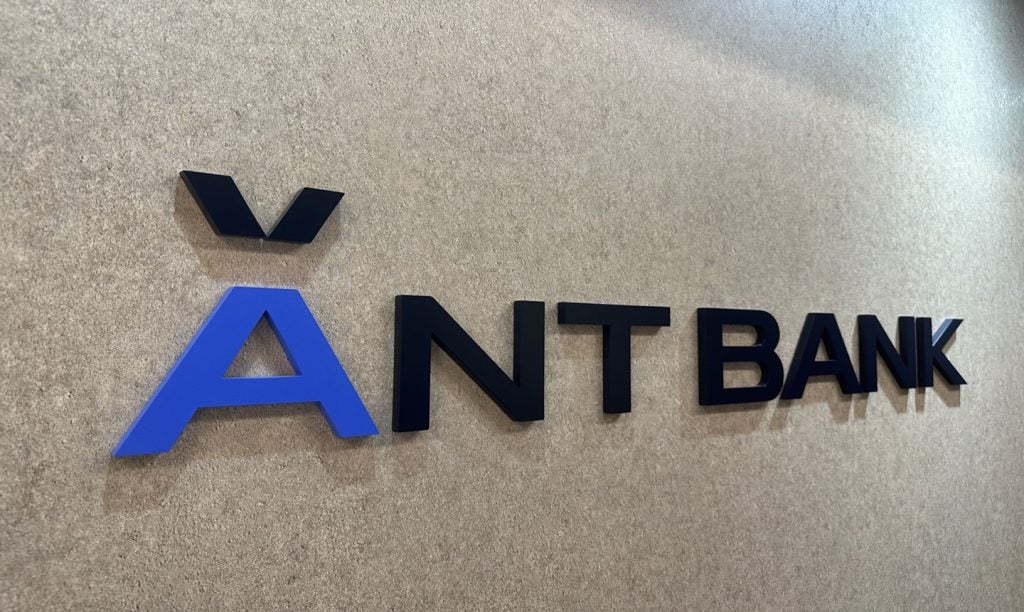
BaFin, Germany’s financial services authority, has ordered the local unit of Standard Chartered to maintain additional capital due to organisational issues.
Standard Chartered Bank AG has been subject to criticism by BaFin twice in the last three months.
In October, a special audit revealed that the bank’s internal organisation did not comply with legal requirements.
At the time, the regulator directed the bank to address organisational issues. The latest order for additional capital requirements also relates to those issues.
BaFin and the lender did not provide any information about the specifics of the deficiencies.
In a statement to the Financial Times, London-headquartered Standard Chartered said that it took “this matter very seriously and [has] already implemented corrective actions to ensure we fulfil all aspects of the remediation within the timeframe set by the regulator,” adding that it was “cooperating fully with BaFin”.

US Tariffs are shifting - will you react or anticipate?
Don’t let policy changes catch you off guard. Stay proactive with real-time data and expert analysis.
By GlobalDataTo continue conducting business in the European Union after Brexit, Standard Chartered got a European banking licence in 2018 and Standard Chartered Bank AG is the hub for lender’s activities in the bloc.
Last December, UK’s Prudential Regulation Authority (PRA), imposed a £46.55m fine on Standard Chartered for misreporting liquidity position.
Between March 2018 and May 2019, the lender made five errors while reporting its liquidity metric meaning that the regulator did not have a correct overview of the bank’s USD liquidity position.
In October 2017, PRA imposed temporary additional liquidity requirements on the bank to address the risk of USD liquidity outflows.







